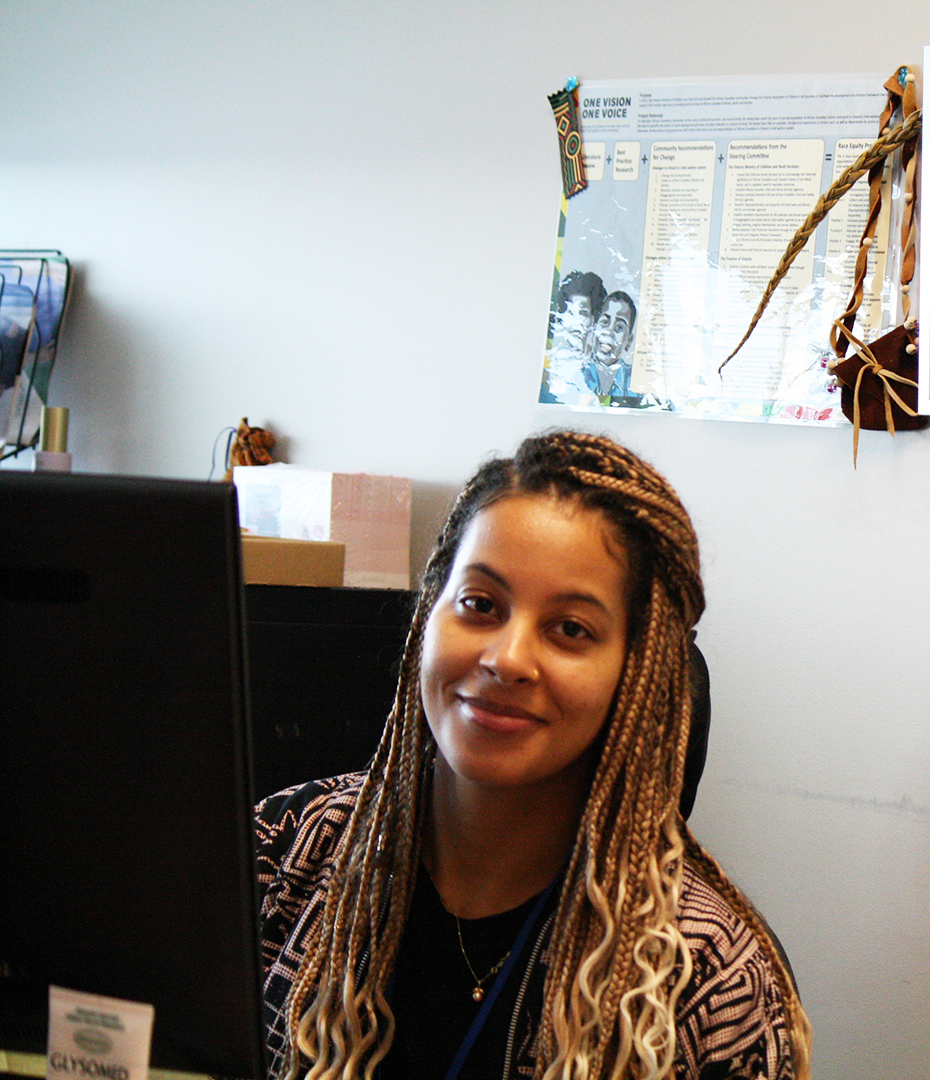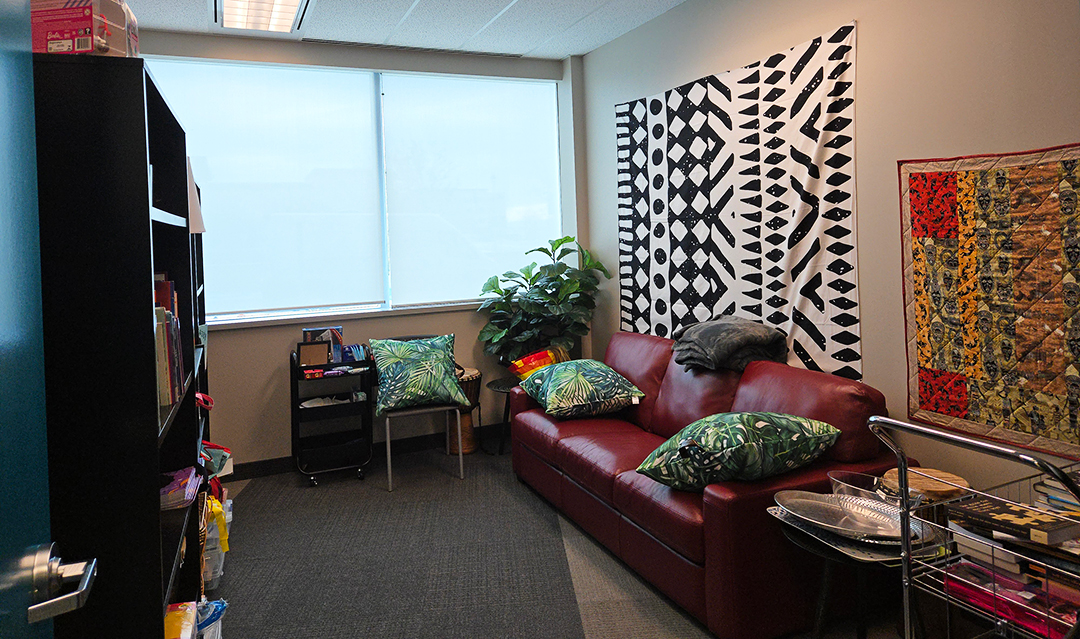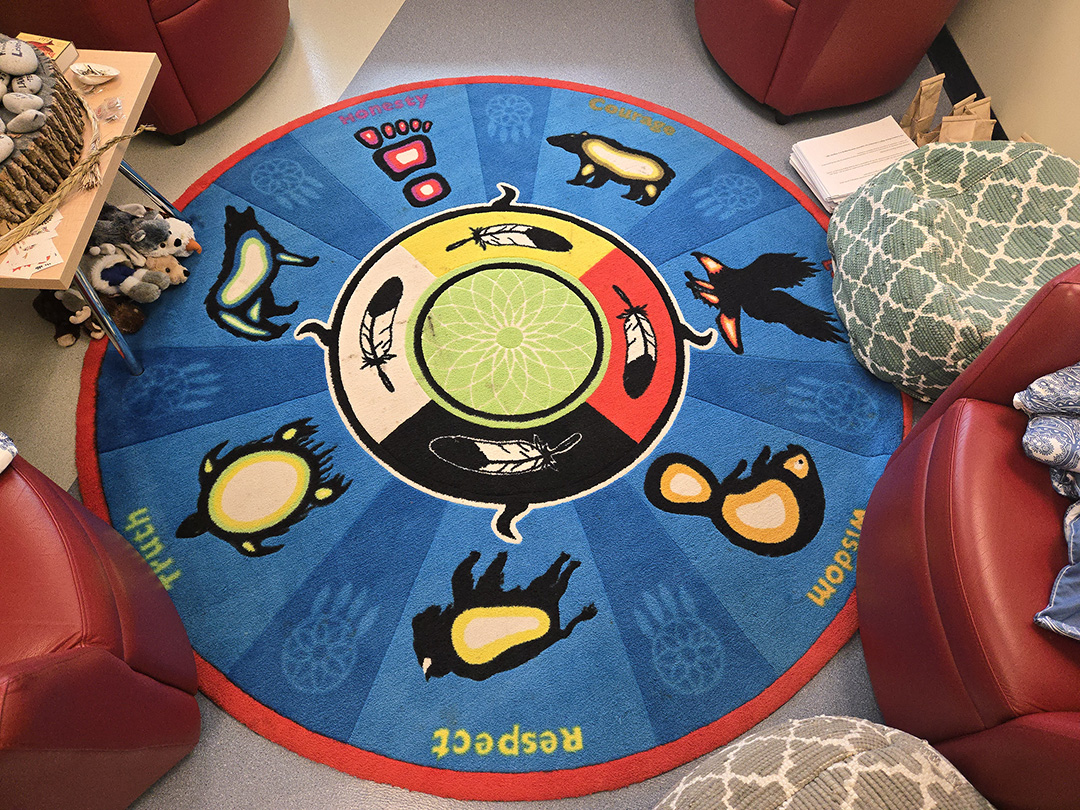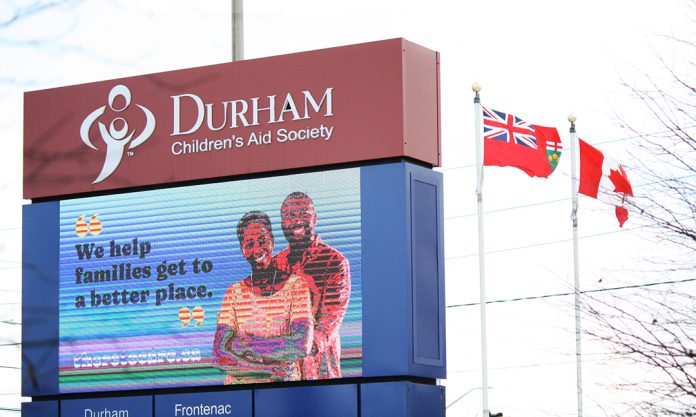One of the first things we learn intuitively as children is who we are and what our place is in the world around us. For foster children, this can be an especially difficult topic to navigate – it’s easy to get lost in the unstable landscape of child welfare.
“Identity is such a huge part of who we are,” explains Shailene Panylo, the diversity initiatives and community engagement lead at Durham Children’s Aid Society. “And being in the system is already hard enough.”
Panylo herself was in care as a child, and she says it can feel alienating to be part of a family that can’t relate to major life experiences. While her family worked hard to try to keep her connected to her cultural roots, she says it didn’t change the fact that she had to face some things alone – like when kids at school used slurs or made fun of her skin colour or hair texture.
“…or someone tried to peel your skin to see if you were white underneath,” she adds. “Those were all things that when I went home, my family couldn’t understand. They thought it was horrific, or that it was terrible, or that it was bullying, but they themselves could not understand what that experience is like, because they didn’t live it.”
For a lot of foster kids, the system often hurts more than it helps. This is especially true for racialized children, who have a higher chance of being put into care for something trivial and a higher chance of experiencing mistreatment while in the system.
According to the Black Children in Care Report 2022 by the Ontario Incidence Study (OIS) research team, Black families are more than twice as likely to be investigated as white families, and Black children are 2.5 times as likely to be removed from their home during investigation. Research also shows the investigations involving Black and Indigenous children are also more likely to be substantiated than those concerning white children.
Child welfare has its own section of the TRC Calls to Action, and has been criticized in the Truth and Reconciliation Commission’s report for carrying on the legacy of residential schools and perpetrating the same ideology that drove the 60’s Scoop.
“The child welfare system is the residential school system of our day,” according to the TRC report.
At Durham Children’s Aid Society (CAS), these statistics are finally being acknowledged, and work is being done to limit and remedy some of the damage the system does.
For Panylo, these are more than just statistics – these are the experiences she hears from the youths she works with. Sometimes, foster homes lack mundane, everyday things that are easy to take for granted – the correct products for a child’s hair type, for example, or the foods important in their culture.
Children have even been told to “use their saliva to get rid of the ashiness on their skin,” she shares. These basic things frustrate Panylo because she says it makes it all the more difficult for children to adjust to challenging circumstances.

Historically, child welfare systems functioned based on a very Eurocentric view of how families should work, according to Panylo – and they operated on the belief that if families didn’t fit that standard, their children should be taken away. This model is harmful to all families, but Panylo says the data shows that “the identity piece is a huge determinant of how your experience in child welfare is going to be”.
This means the system disproportionately targets socioeconomically disadvantaged communities that already tend to be over-surveilled. Black, Indigenous, racialized and newcomer youth statistically spend more time in care and have more negative experiences overall compared to white children, Panylo says.
In Ontario, a number of initiatives have been implemented to help address this inequity. In 2015, the One Vision One Voice (OVOV) program was developed by African Canadian community members to investigate and address the reasons for racial inequities, with funding from the Ministry of Children, Community and Social Services.
This has led to a policy at Durham CAS which aims to reduce the number of children in care because of a trivial matter. Durham has also developed the Kasserian Ingera model, which focuses on providing early intervention and culturally appropriate supports for African-Canadian families and children.

Vania Patrick-Drakes is the interim manager for One Vision One Voice, and says working with everyone involved in the system is key to making it run more smoothly.
“There must be buy-in from everyone involved throughout child welfare, from top down, and then also within other sectors,” she explains. “I think having that multifaceted, cross-sectoral approach is going to be really critical for moving the work forward.”
OVOV creates opportunities for youth to be involved in problem-solving, through things like the Youth Action Committee and the Power Up! Youth Symposium, both of which provide platforms for Black youth to share their voices.
Panylo says another key opportunity for children in care to have their voices heard is the youth council. They have a campaign called ‘Do You See Us?’ to help educate foster families about anti-Black racism and cultural needs, and Panylo says that in the future they plan to expand the campaign to reach staff as well, adding a second part to the sentence: ‘Do You See Us Or Do You See A Paycheck?’.
In 2019, it was decided that in Durham Region, Indigenous child welfare cases would be handled by an Indigenous organization, Dnaagdawenmag Binnoojiiyag Child and Family Services. This organization has been around since 1998, and focuses on alternative care rather than foster care, putting an emphasis on trying to keep families together whenever possible.
Panylo says that while Dnaagdawenmag Binoojiiyag handles the majority of Indigenous cases, there are some families and youth who choose not to transfer over from Durham CAS for a variety of reasons. To her, this makes it especially important to keep in mind the organization’s commitments to truth and reconciliation, since the system can be reminiscent of residential schools or other systemic injustices that have contributed to the erasure of Indigenous culture.

These initiatives all work towards the same thing – a more careful consideration of the role that CAS plays in families’ lives, and an acknowledgement of the potential for harm despite good intentions.
There are more general initiatives being enacted as well, such as staff trainings and helping foster parents learn to deal with things like trauma in children. Although the system tends to affect certain families disproportionately, Panylo says that CAS organizations are still harmful to all families.
Increasingly, there is an effort to shift towards preventative care in all cases. The new model of welfare focuses on improving home situations first, and only resorting to foster care as a last effort.
“Child welfare as a whole is a systemic inequality,” Panylo says.
Right now, the goal is to add safeguards and mechanisms to try to spot and correct inequalities, according to Panylo. She says this is difficult work, especially because the system still has to address genuine child welfare concerns in the meantime.
“You are essentially trying to dismantle a system as it was and rebuild it while still functioning,” she explains.
Despite these challenges, Panylo and Patrick-Drakes both say there are countless staff, youth, families and community members working to make the necessary changes.
Patrick-Drakes says the work always feels necessary to her, because of all the stories she hears about the system. Hearing those stories makes it clear to her that these efforts are crucial.
“We still all come to the same conclusion due to all of these anecdotal stories that we hear of harm and traumatization,” Patrick-Drakes expresses.
Panylo says the system has made some steps in the right direction, and they have come a long way, but there is still far to go.
“Both can be true,” she says. “You can hold space for celebration and successes and also still see the road ahead.”
With time and continued effort, dedicated advocates like Panylo and Patrick-Drakes are working to ensure no more children are lost to the child welfare system – and that instead, CAS does its job as intended.




